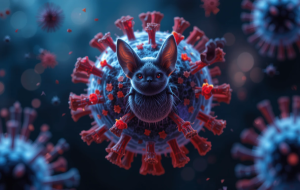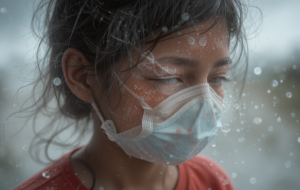Alaskapox: What You Need to Know After the First US Death

Alaskapox: What You Need to Know After the First US Death
News broke recently about the first death linked to Alaskapox, a newly discovered virus in the same family as smallpox and monkeypox. While this might sound alarming, it’s important to stay informed and avoid unnecessary panic. As an Alaskan resident, I wanted to share what we know so far and what you should be aware of.
What is Alaskapox?
Discovered in 2015, Alaskapox primarily affects small mammals like voles and shrews. It belongs to the orthopoxvirus genus, which includes more well-known viruses like smallpox and monkeypox. Thankfully, unlike its infamous cousins, Alaskapox has historically caused only mild illness in humans, with just seven reported cases since its discovery.
The First Death
The recent fatality involved an elderly immunocompromised man from the Kenai Peninsula. While the exact source of his infection remains under investigation, officials suspect it might have come from a scratch from his pet cat, which often hunted small animals. Despite initial misdiagnosis as cowpox, further testing confirmed Alaskapox as the culprit.
Cause for Concern?
While this death is tragic, it’s essential to understand the context. This individual’s compromised immune system likely played a significant role in the severity of his illness. Additionally, there’s no evidence of human-to-human transmission of Alaskapox to date.
What Should You Do?
Here’s what you can do to stay informed and protect yourself:
- Stay updated: Follow reliable sources like the Alaska Department of Health & Social Services and the CDC for the latest information.
- Practice good hygiene: Wash your hands frequently, especially after contact with animals or the outdoors.
- Be aware of symptoms: If you experience flu-like symptoms and develop skin lesions, consult your doctor, especially if you’ve had recent contact with small mammals.
- Avoid unnecessary risk: If you work or spend time outdoors, consider wearing protective clothing and gloves when handling potentially infected animals.
Remember:
- The risk of contracting Alaskapox for the general public remains low.
- There’s currently no vaccine or specific treatment available, but supportive care can manage symptoms.
- Continued research is crucial to understand the virus better and develop potential interventions.
By staying informed and practicing sensible precautions, we can navigate this situation responsibly and avoid unnecessary fear. If you have further questions or concerns, don’t hesitate to reach out to your healthcare provider.






